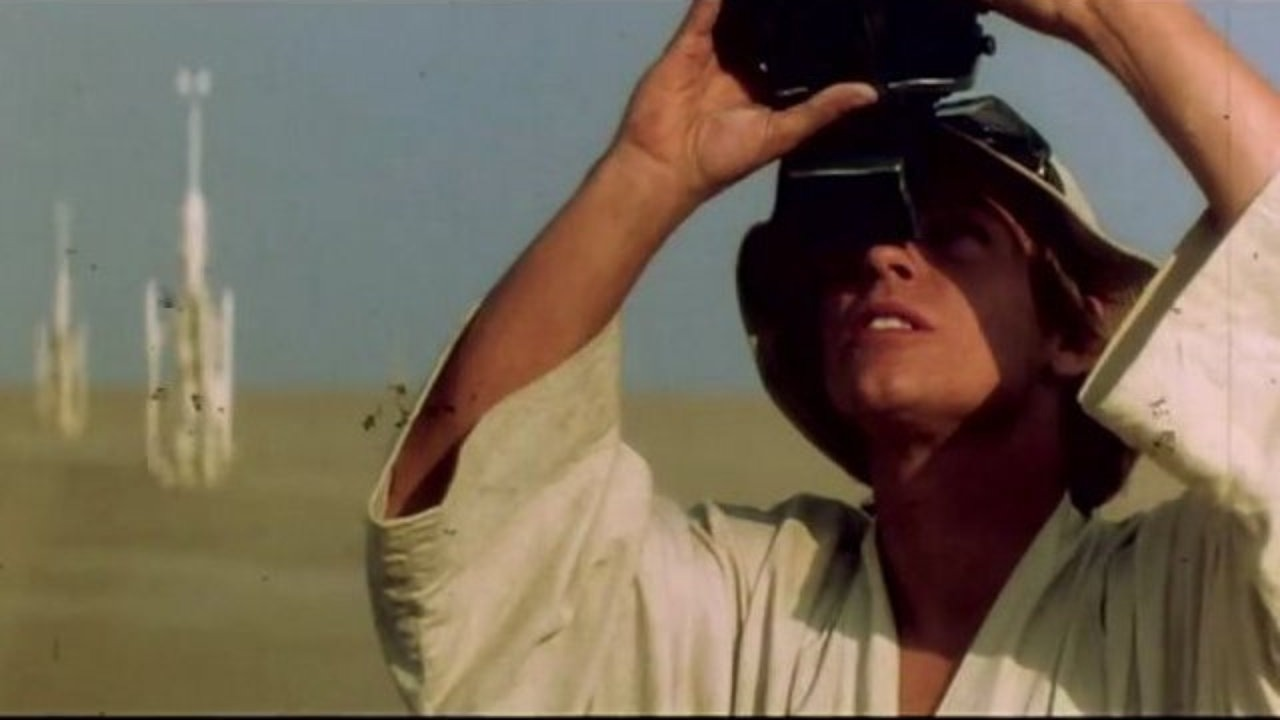
Joseph Campbell’s sophisticated narrative theory? Okay.
Kurosawa’s The Hidden Fortress as a model on which to set up the story? Yes.
An author who senses the weltanschauung and capitalizes on contemporary fascination with New Age ideas? Of course.
All very important things.
Yet, the screenplay of an evergreen, foundational, revolutionary movie like Star Wars is also (mainly?) a matter of many concrete, sagacious, and careful choices about what, when, and how tell something once you have some rich material in your hands.
A golden chain of choices made through successive screenplay drafts, but also throughout the editing, from rough cut to final print.
Too many storylines at the beginning of the movie? The planet Tatooine needs a more mysterious atmosphere? Luke hasn’t been sufficiently introduced as a character? The ending of the film lacks tension? This particular scene needs fine-tuning?
Writing is rewriting.
A film is written three times: when it is written, when it is shot, and when it is edited.
Writing a movie is a collaborative process.
David Welch offers a wonderful demonstration of these three general rules in this video essay, analyzing how Richard Chew, Marcia Lucas, and Paul Hirsch basically rewrote Star Wars while editing it.
Great job.

Be First to Comment